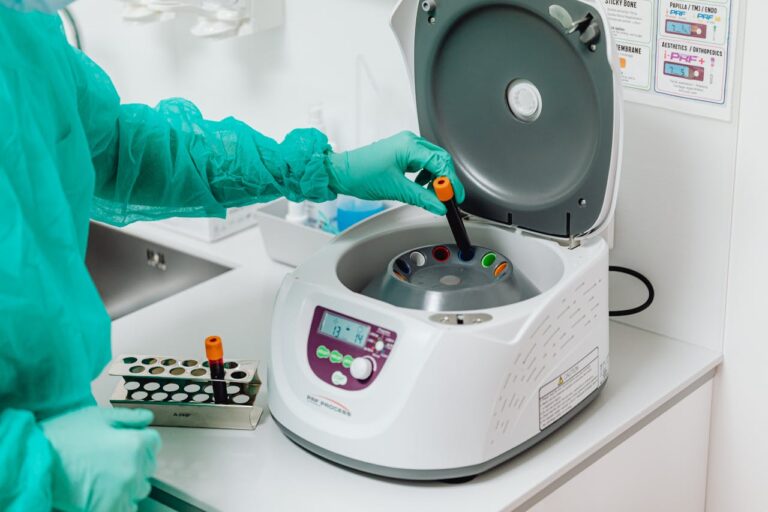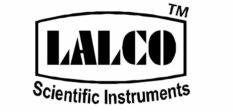The Best Laboratory Metalware Manufacturer In India

“LALCO” Centrifuge Machine
A centrifuge is a machine that uses rapid spinning to separate substances of different densities. It’s commonly used in laboratories, medical settings, and industrial processes. Here’s a brief overview of how it works and its applications:
How It Works
- Spinning Mechanism: The centrifuge spins samples at high speeds, creating a strong centrifugal force.
- Separation Process: This force pushes heavier particles to the bottom of the container (usually a tube), while lighter particles move to the top. This separation allows for the isolation and analysis of different components in a mixture.
Types of Centrifuges
- Clinical Centrifuge: Used in medical labs to separate blood components like plasma and red blood cells.
- Microcentrifuge: Designed for small sample volumes, often used in molecular biology.
- Refrigerated Centrifuge: Keeps samples cool during spinning to prevent heat-sensitive reactions.
- Industrial Centrifuge: Used in large-scale processes, such as separating solids from liquids in wastewater treatment or dairy processing.
Common Applications
- Medical Labs: Separating blood components for tests or treatments.
- Research: Isolating cellular components, DNA, or proteins.
- Industrial: Clarifying liquids, separating different phases in chemical processes.
Where Centrifuge Machine Is To Be Used?
Centrifuges are versatile tools used across various fields and industries. Here’s a more detailed look at where they are commonly used:
- Medical and Clinical Labs
- Blood Separation: Centrifuges are used to separate blood into its components, such as plasma, platelets, and red and white blood cells. This is essential for diagnostic tests and blood transfusions.
- Urine Analysis: Separating cells and particles from urine samples to aid in diagnosis.
- Research Laboratories
- Biological Research: Isolating cells, organelles, and biomolecules like DNA, RNA, and proteins for analysis and experimentation.
- Pharmaceutical Research: Purifying compounds and separating drug components for research and development.
- Industrial Applications
- Chemical Processing: Separating mixtures of chemicals, such as in the production of pharmaceuticals, food products, or petrochemicals.
- Wastewater Treatment: Removing solids from liquids in wastewater to improve the quality of the effluent.
- Dairy Industry: Separating cream from milk in dairy processing.
- Environmental Science
- Soil and Sediment Analysis: Separating and analyzing soil particles or sediment samples to study environmental conditions and pollution levels.
- Water Testing: Removing particulates from water samples to test for contaminants or to monitor water quality.
- Food and Beverage Industry
- Clarification: Removing solids from liquids in juice and wine production.
- Fat Separation: Isolating fats or oils from food products.
- Forensic Science
- Evidence Processing: Separating and analyzing biological samples, such as blood or hair, in criminal investigations.
- Biotechnology
- Cell Culture: Harvesting cells from culture media and separating them for further processing or analysis.
- Protein Purification: Isolating specific proteins from complex mixtures for research or therapeutic use.
